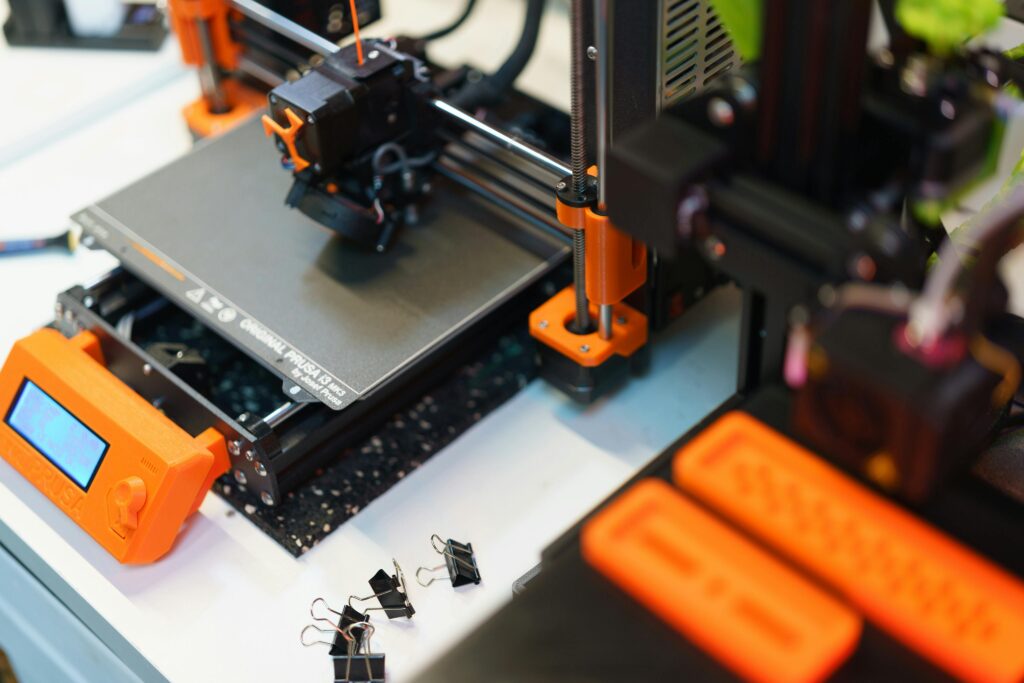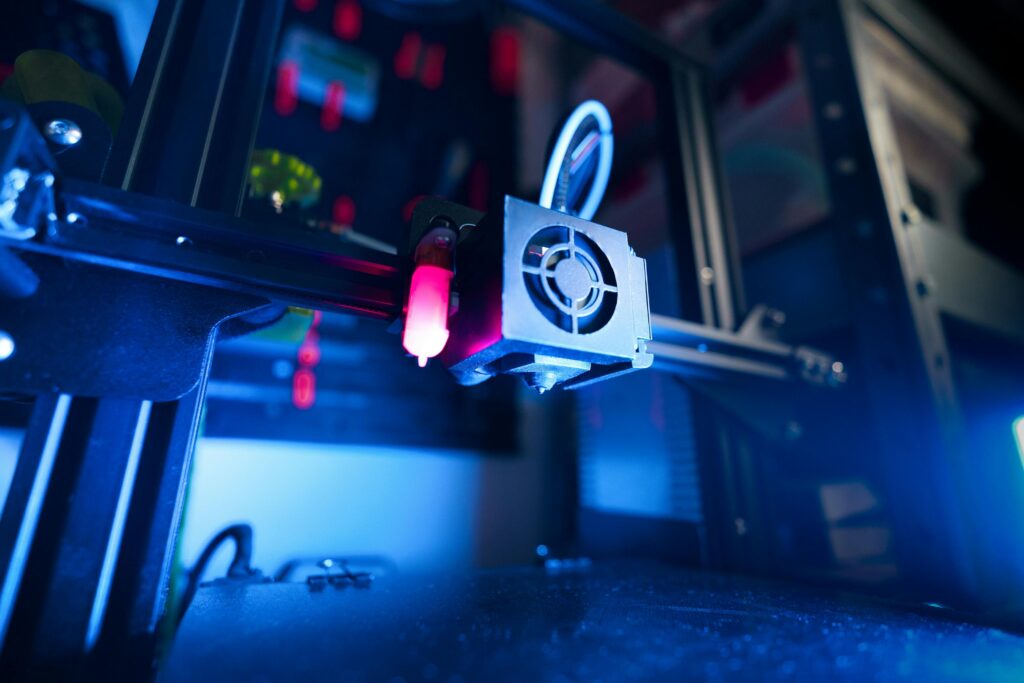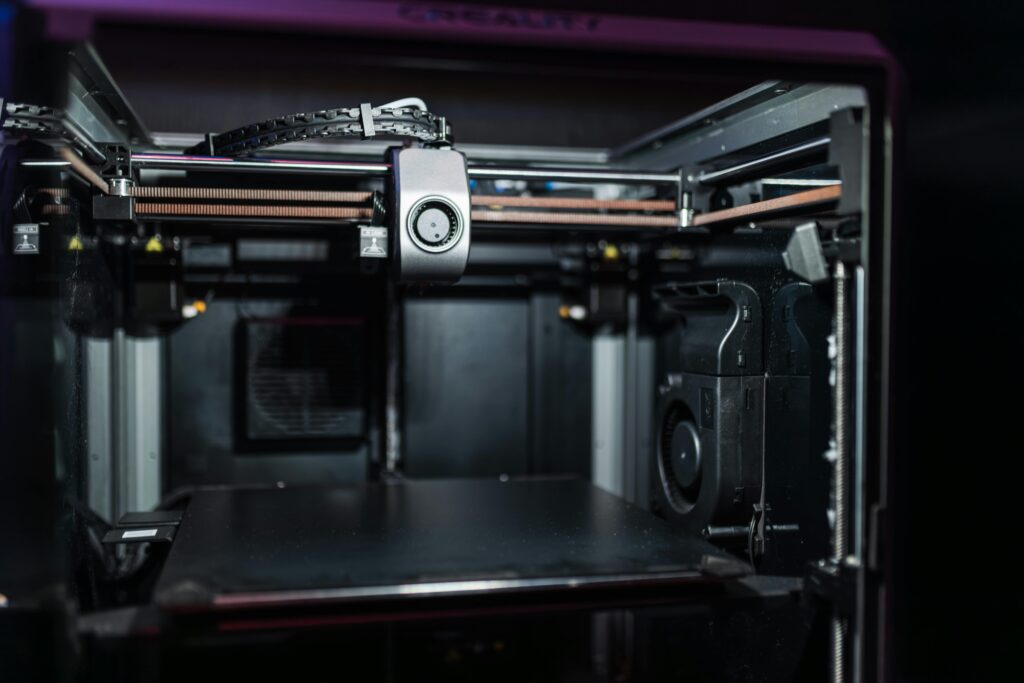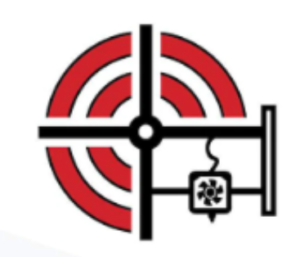One of the common questions for people new to 3D printing,
“How Much Does A 3D Printer Cost?”
We wish there was an easy answer to this question.
Depending on your specific needs, 3D printers vary in cost.
There is a wide variety in the types of 3D printers based on size, features, quality, durability, performance and place of manufacture which all factor into a 3D printer’s price.
If you take the average price of all the different 3D printers on the market, you’ll get $400. This price is heavily influenced by low-cost consumer 3D printers as of April 2021. Most Entry Level and Hobbyist 3D printers are priced from $300 – $500, while some can be as expensive as $1500. The higher-end 3D printers, such as Enthusiast 3D printers and Professional 3D printers are priced anywhere from $1,500 – $20,000, depending on the printer’s capabilities. Last but not least, enterprise and industrial 3D printers can cost anywhere from $20,000 to $100,000 to purchase and operate. Fusion3 EDGE Professional 3D

Printer
Price / Cost of Different Types of 3D Printers
updated October 1,2021
Type of Printer Cost/Price Average Entry Level 3D Printers $100 – $500
Hobbyist 3D Printers $400 – $1,500
Enthusiast 3D Printers $1000 – $4,000
Professional/
From $4,000 to $20,000, performance 3D printers Enterprise 3D Printers $20,000 – $100,000
Here’s a quick guide for 3D printer costs; what prices you should expect to pay and what kind of features will accompany each:
GUIDE TO 3D PRINTER PRICING:
Entry Level 3D Printers ($100-$500):
Printers in this category are primarily toys but are a great way to experiment and learn about 3D printing. You will likely have to spend a considerable time assembling, calibrating and testing before you are able to print. They will only be able to print objects around 3-4″ in each dimension (width, length, height) and likely limited to printing in one material. These printers are slow, noisy, have poor print quality and not very durable. A lack of enclosed print space will limit you to only printing low-temperature materials such as PLA. However, for printing small objects and getting a feel for how a 3D printer works, they do the job.
Hobbyist 3D Printers ($400-$1500):
Printers in this category are often surprisingly capable, but often have 1-2 fatal flaws that undermine their value. Many 3D printers in this category require you to spend a considerable time assembling, calibrating and testing before you are able to print.These prints can often print a bit larger than entry-level printers, perhaps 5-6″ in each dimension. They are a bit faster and might be able to print a few different materials. They frequently have slow speeds and poor print quality. Most of the printers in this class are not made to run for significant lengths of time and you’ll have to do a lot of repairs / maintenance to keep them running. Most 3D printers in this category will not be enclosed, also limiting you to only printing low-temperature materials such as PLA.
These printers are good for someone who likes 3D printing as a hobby, perhaps for use by grade schools. However, these printers are not at all suitable for commercial use or in educational settings where you need them to print at specified times reliably.
Enthusiast 3D Printers ($1,000-$4,000):

The enthusiast category is exploding and delivering solid printers that are great for certain applications. Printers in this category can deliver good sized prints; often as large as 8″ to 12″ in each dimension. Printers in this category have reasonable speed and decent print quality (note: for most printers, slower speeds are required to generate good print quality; conversely the faster they print, you will sacrifice print quality). In this category, you’ll have greater selection in materials that can print, although some enthusiast printers require you to use the manufacturer’s standard materials which limit your options. Unfortunately, many printers in this price range are still not very durable and will require significant maintenance and repairs if you plan to operate them for significant amounts of time (40+ hours per month). These printers are appropriate for use in grade schools and infrequent use in high schools. Some businesses might find them suitable, but will often be frustrated by repairs if used frequently.
Professional 3D Printers / Performance 3D Printers ($4,000-$20,000):
The performance category is poised to significantly disrupt the sales of industrial printers and offers the most value in today’s 3D printing market. Some 3D printers in this category have large, enclosed build areas (12″ in each dimension) and often can print pretty good quality parts out of higher temperature materials like ABS, Nylons, Carbon Fiber reinforced and Polycarbonate. The majority of printers in this category are capable of printing a wide variety of materials; however, in order to print them effectively, the manufacturer ought to provide slicer software print “profiles” that are tailored to each material. When shopping for a performance printer, there are 2 key features to look for:
First, the best performance printers can print parts quickly while maintaining a higher resolution. You need to look at a physical sample print to evaluate the settings used and the actual time it took to print, not just published specifications. Second, the printer’s durability and maintenance requirements will still vary greatly when making the substantial investment required by this price range. Printers in this category are ideal for use in a wide range of commercial settings, from small businesses to large corporations, as well as educational settings like robotics clubs, universities, and middle schools. Fusion3 offers a Performance-grade 3D printer that is one of the most affordable you’ll find on the market, with all of the capabilities you look for in a Professional / Performance 3D Printer.
Enterprise (Industrial) 3D Printers ($20,000 – $100,000):

The printers in the Enterprise class differ from the Performance class in a few ways. Although you pay a significant premium for the privilege of printing in high quality at good speeds, these printers are capable of doing so. These printers have very slick interfaces and durable construction and metal fabricated exteriors. Enterprise manufacturers charge a high price for the base printer, but also charge annual maintenance contracts as well as require you to purchase proprietary materials at a premium to those available on the open market. In addition, the selection of materials available in this sector is surprisingly limited and pricey, frequently exceeding three to five times the material’s retail value. While these printers are durable and reliable, their price makes them only appropriate for large enterprises who can afford their large price tag. This price tag makes this class of printers prohibitively expensive for most universities. The irony of these machines is that due to the high operating costs, one can argue there is a disincentive for encouraging their use by employees & students. Because of this, the Performance class of 3D


